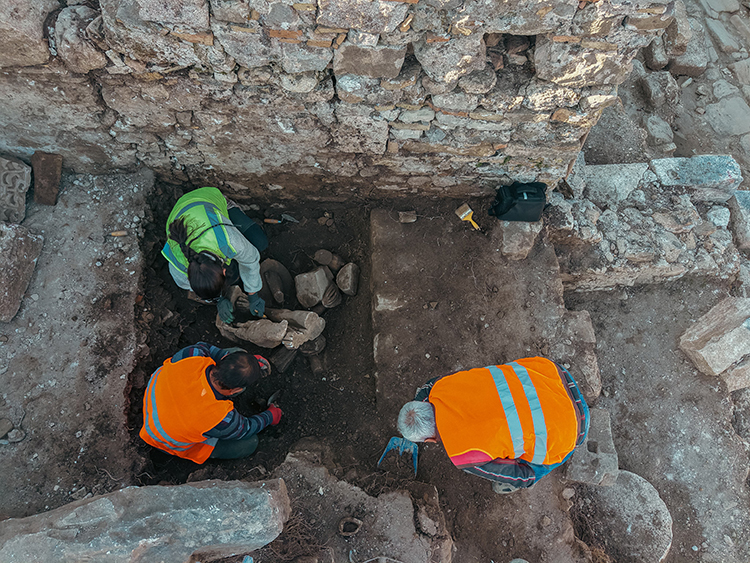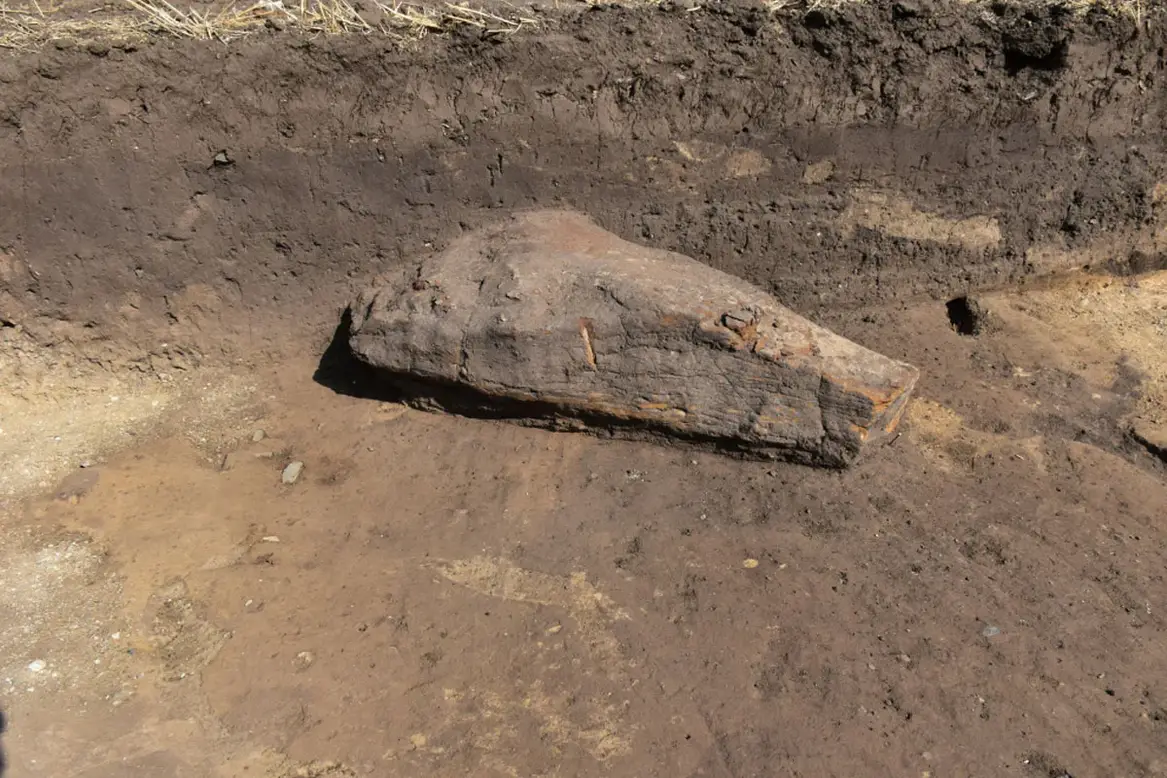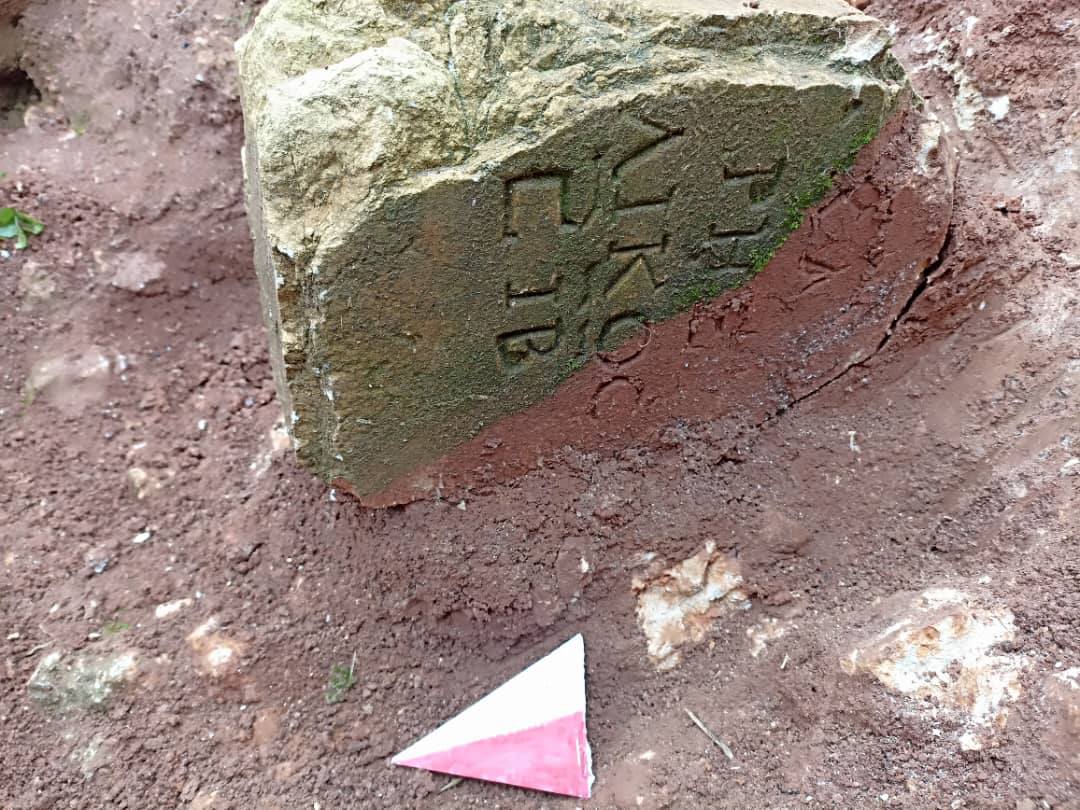Recent archaeological excavations in the ancient city of Aspendos, located in the Serik district of Antalya, Turkey, have led to the exciting discovery of a statue of Hermes from the Roman Imperial Period. This significant find is part of the ongoing “Heritage for the Future” project, overseen by the General Directorate of Cultural Assets and Museums. Aspendos, a city established by the Akas in the 10th century BC, continues to unveil its rich historical narrative.
Minister of Culture and Tourism, Mehmet Nuri Ersoy, announced the discovery on social media, highlighting the importance of the find: “In Aspendos, a place that has silently witnessed the passage of time, we are uncovering figures that have remained hidden for centuries. The recent excavations have revealed a Hermes statue from the Roman era, along with heads believed to belong to Aphrodite and Eros, and fragments of statues representing Artemis and Nemesis.”
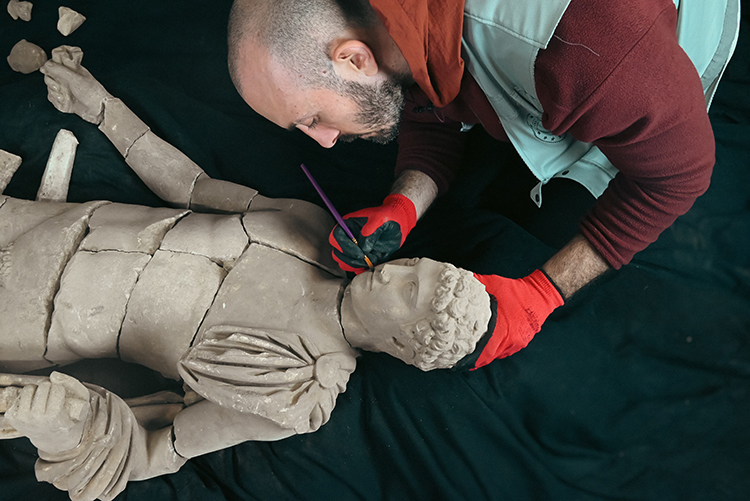
The Hermes statue was located among the remnants of a monumental fountain (nymphaion) to the east of the Theater Street, where excavations began in the 2024 season. It is positioned on the southern side of the entrance gate.
Hermes, revered as the messenger of Zeus and the swiftest of the gods, is depicted in the statue holding a purse in his right hand and a kerykeion (staff) in his left, which hangs gracefully from his shoulder. A ram, with its head turned towards Hermes, is situated next to his left foot. The statue, resting on an inscribed pedestal, shows a dynamic pose with its weight on the left foot and the right foot slightly bent at the knee.
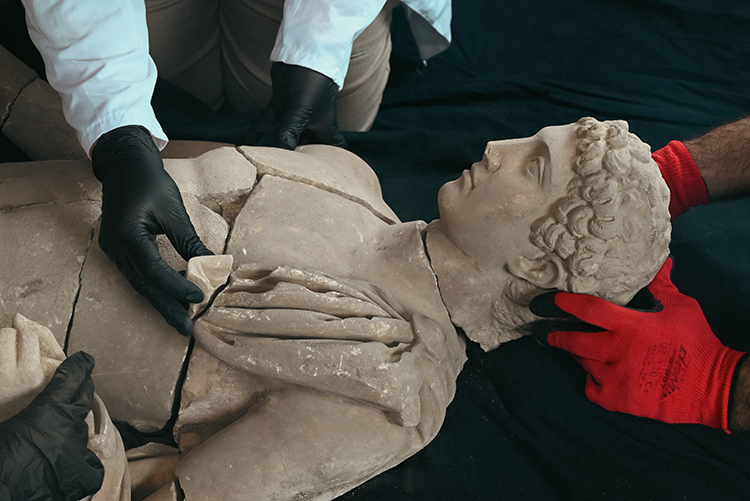
Although the statue was initially found in fragments, most of it has been successfully excavated and reconstructed in the excavation house depot for further analysis. Standing at a total height of approximately 1.65 meters, including its pedestal, the statue is stylistically dated to the late 2nd to early 3rd century AD.
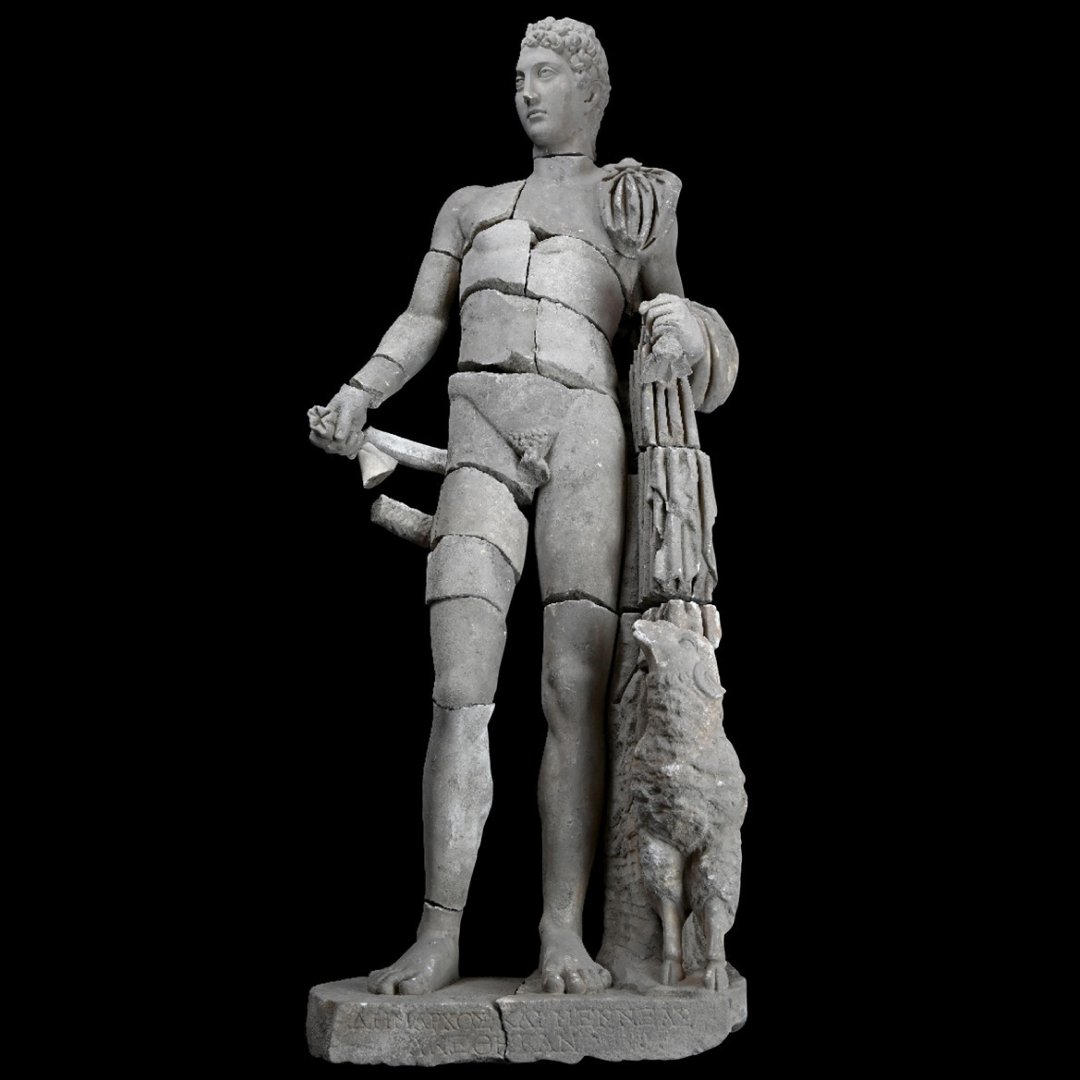
In addition to the Hermes statue, the excavation site has also yielded heads thought to belong to Aphrodite, the goddess of love and beauty, and Eros, the god of love. These artifacts reflect a regional artistic style that captures the aesthetic sensibilities of the period, providing deeper insights into the cultural heritage of Aspendos.
Cover Image Credit: Photo: Yasemin Kalyoncuoğlu/AA
